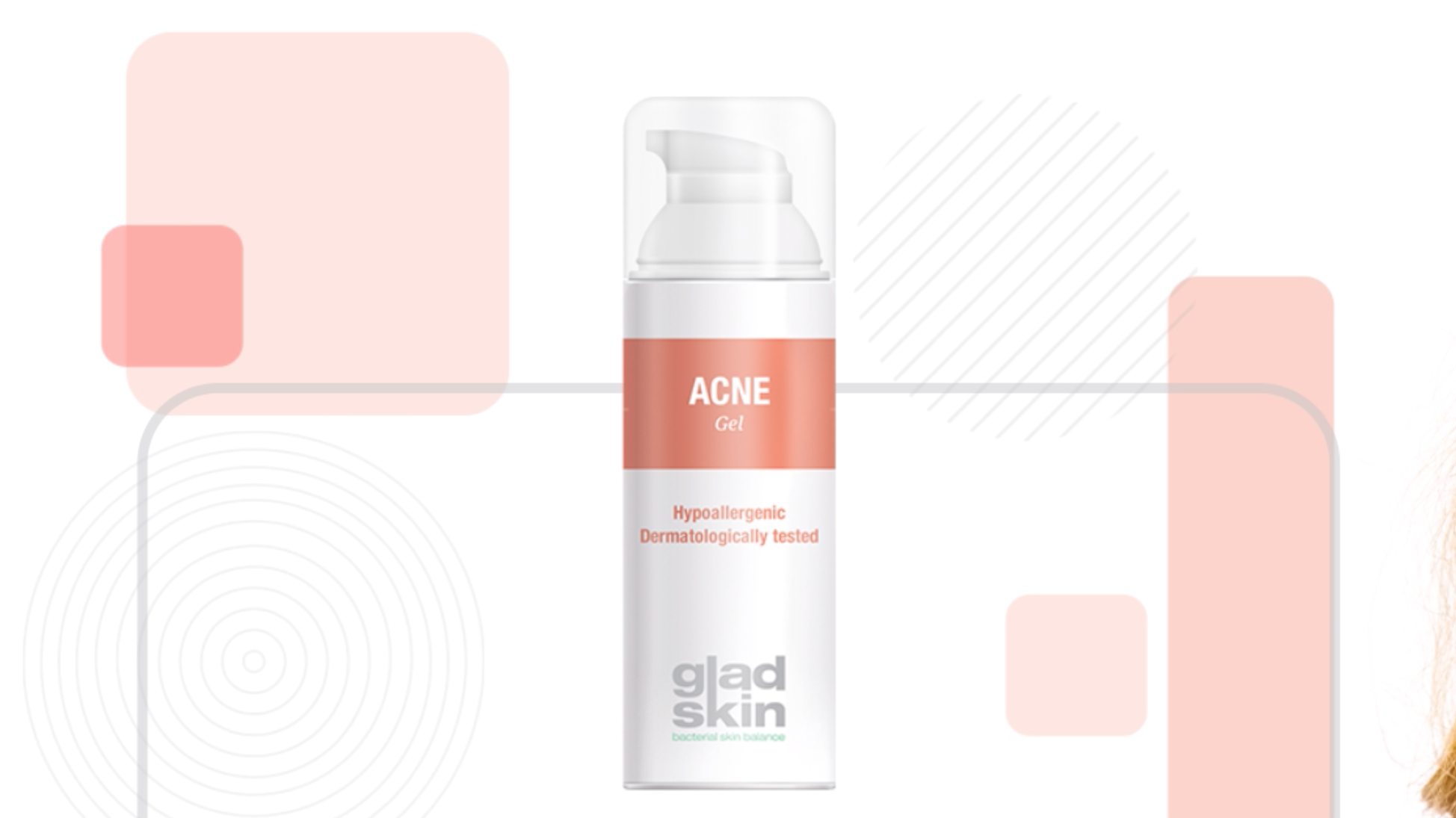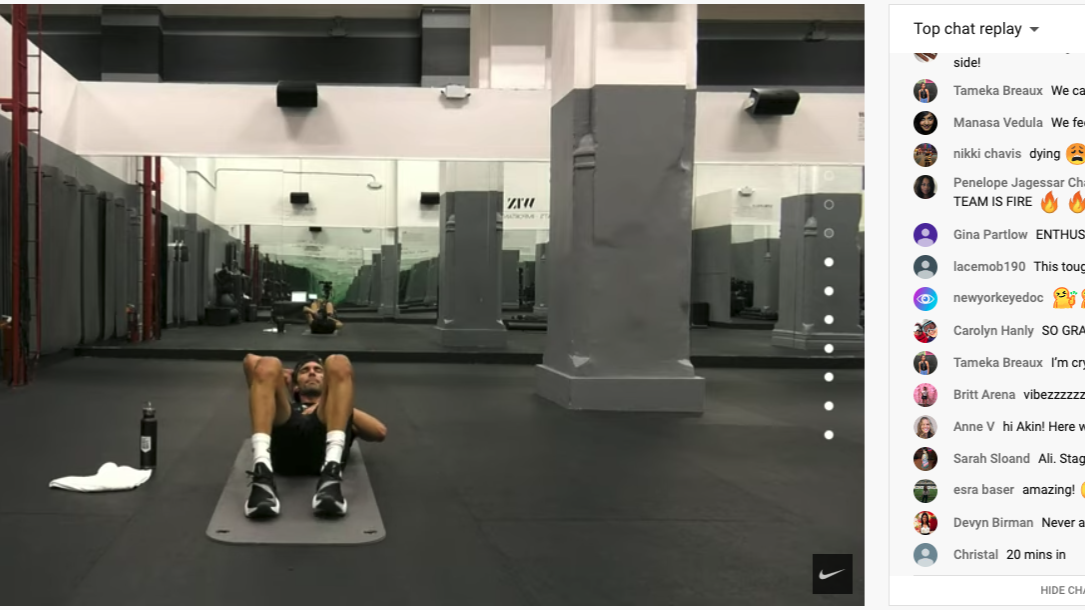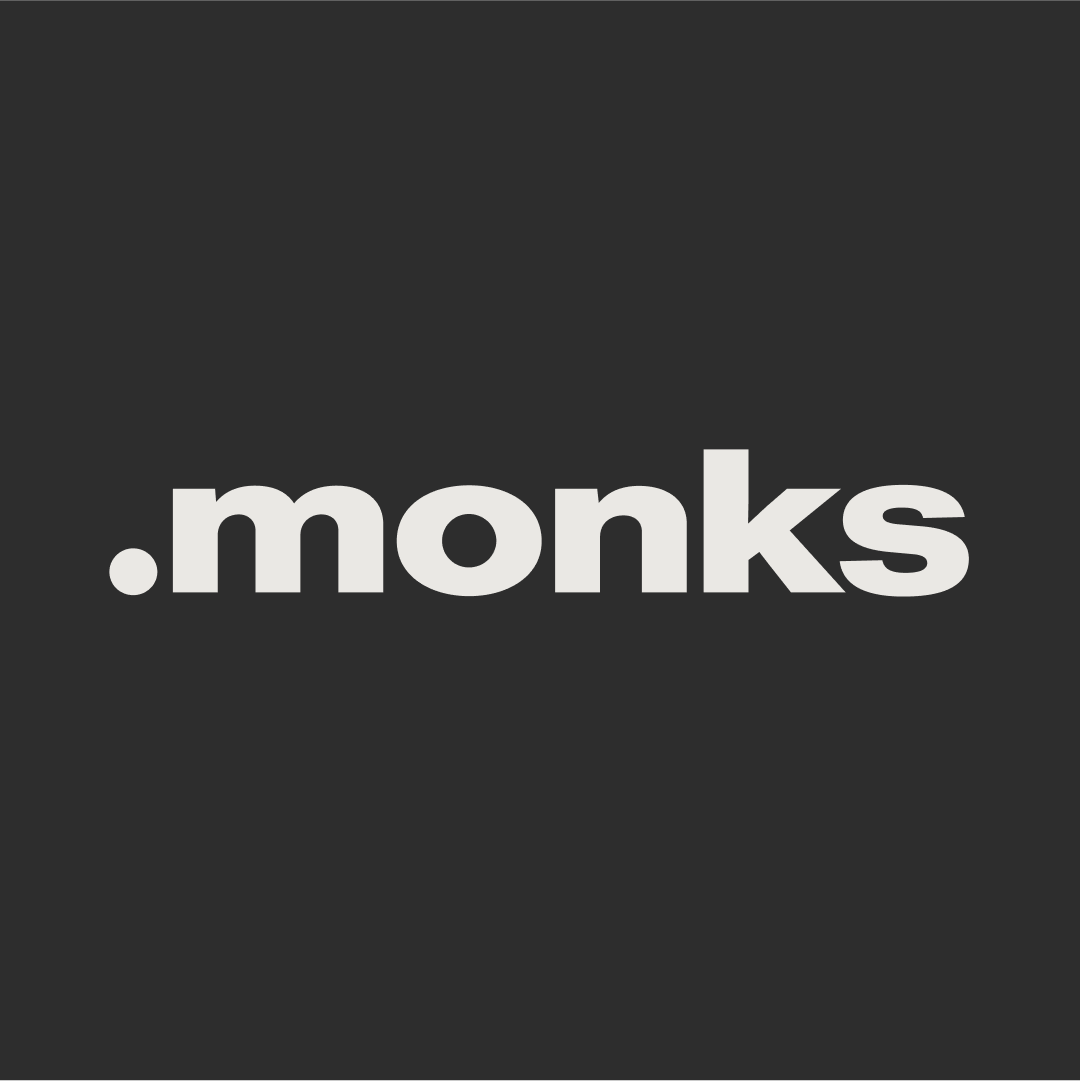(Re)Focus Advertising on Value

It’s time to acknowledge the elephant in the room: during a time of instability and hardship, should brands halt their advertising and go dark? Data shows that most consumers still want to hear from brands, but their message should be focused on building value. Still, even the idea of what constitutes as an appropriate response varies day-by-day and by location, highlighting the need for brands to invest in truly understanding their audiences and how they can lend support to them at speed.
In fact, brands who continue to invest in advertising spend throughout a recession tend to benefit by experiencing revenue gains that persist beyond its passing. 44% of consumers plan to delay purchases until after the COVID-19 outbreak has ended, and brands must use this time to prepare for the inevitable need to quickly grow following significant revenue loss throughout the pandemic.
Still, brands must consider whether spending makes sense. “Traditional advertising response is spend, spend, spend,” S4Capital Chairman Sir Martin Sorrell told audiences in conversation with Ad Age. “But when companies are facing existential crises in Q2 and not sure if they have enough money to survive, it’s ridiculous.” Instead, he recommends that those in tech who planned campaigns and sponsorships for canceled sporting events “should divert that spending to doing good, purpose-driven campaigns. But those campaigns should be highly practical–equipment, vaccine development, therapy–supporting those on the frontline. It shouldn’t be self-seeking. You have to encourage clients to deploy their resources more effectively and divert money into digital because that’s more effective.”
Still how do brand ensure their focus is on providing real, authentic value to audiences in the coming months? The secret lies in redefining the role of the brand in consumers’ lives and being proactive to their shifting needs in a disruptive landscape.
Invest in Insights-Driven Creative
“In the first couple of weeks, data suggested that people didn’t want to hear from brands,” says Andre Rood, Global Advertising Director at MediaMonks. “Afterwards, you saw them slowly get into the mindset, as long as brands were being helpful.” He notes how brands’ initial response to the coronavirus from felt so repetitious, with so many brands reiterating the same message: wash your hands for 20 seconds and stay at home. They weren’t differentiating or cutting through to individuals’ specific needs at the time.
The way you should target and personalize should be totally different now.
MediaMonks Founder Wesley ter Haar notes that in reacting to COVID-19, it’s more important than ever that brands invest in personalization, or they risk looking insensitive. This prompts brands to consider personalization beyond the typical categories of demographics and user preferences. Instead, they have to dig deep into the nuances of what their audiences are dealing with, and the myriad ways that the brand can help.
“The COVID curve is different everywhere, even affecting people differently who live in the same community,” ter Haar says. “For some that means looking for a cure to boredom—but that messaging is insensitive for a family of six that is homeschooling while working from home, who are too busy to be bored. It’s never been more important to actually understand who you’re talking to.”
Rood echoes this sentiment by cautioning that brands shouldn’t rely on the standard segmentation methods, which currently offer little relevance. “The way you should target individuals should be totally different now,” he says. Mood triggers, for example, can help a brand tailor the most supportive and relevant message to audiences whose experience with the pandemic can wildly differ.
Test New Production Solutions at Speed
The speed at which the COVID-19 situation can change also poses a challenge to brands focused on keeping connected with their audiences throughout the full scope of the pandemic. For example, a brand might be set to launch a campaign, only to find that it’s suddenly no longer relevant. In addition to offering a dynamic campaign as mentioned above, brands must employ rigorous testing to understand how people are responding to creative week by week.

Our awareness campaign for Gladskin was optimized per channel and format based on weekly reportage.
“Due to the fact that this is moving so quickly into unknown areas, brands must be able to galvanize and shift content immediately,” says Patrick Kirby, Digital Strategist at MediaMonks, noting that becoming more agile is essential to success.
Ways to do this include repurposing archival material for legacy brands who have it, turning to quick and versatile animation as a production alternative or encouraging UGC and influencer content to build community engagement. Each of these approaches enable brands to reallocate budgets or refresh existing content, but more importantly, they can do so at speed.
Redefine the Brand’s Role
More than simply continuing to advertise to consumers with conversion-based content, now is a good time for brands to truly focus on building brand value and becoming more purposeful. For example, while brands should tread lightly in approaching the current moment with humor, there is value in using creative to lift spirits and boost morale.
What’s important isn’t just the product, but the full story around it.
There’s a lot of talk too about how manufacturers have done substantial good by shifting operations to produce much-needed masks, hand sanitizer, ventilators and more. This approach isn’t practical for many—for example, smaller or mid-sized brands. But there are still opportunities to get creative in how you leverage your channels and platforms, like HP and Folding@Home’s initiative that encourages users to donate a fraction of their computing power to aid in the research toward a COVID-19 cure.
Such approaches are rooted in customer obsession, in which brands pool together resources to listen to the customer and deliver upon those needs. Willemijn Jongbloed, Digital Strategist at MediaMonks, notes how Nike was able to adapt well to offer value to consumers under quarantine thanks to its customer obsession strategy. MediaMonks has partnered with the athletic brand and Wieden+Kennedy to host a weekly series of livestreamed workouts that get people active and moving despite staying at home.

“When Nike moved into events, that was a bold move at the time, but now you can clearly see the many sides of the brand. In a time when people have largely stopped buying clothes, they have created the ability to move into online events, and thus can instantly serve their audience in a different way.” What makes the experience powerful isn’t just the product itself, she says, “but the full story around it—including all benefits, use cases, mindset and emotional connection that will set a company up for success.”
That drives home an important point for brands as they seek to engage with and support consumers over the next few months. Wielding brand voice in a global pandemic isn’t a matter of simply keeping your name out there or driving conversions; it’s also about building trust, becoming more purposeful and experimenting with more agile ways of working. As brands hone these skills now, they’ll emerge from the other end of the pandemic stronger than before, and their audiences will come to appreciate those efforts.
Related
Thinking
Sharpen your edge in a world that won't wait
Sign up to get email updates with actionable insights, cutting-edge research and proven strategies.
Monks needs the contact information you provide to us to contact you about our products and services. You may unsubscribe from these communications at any time. For information on how to unsubscribe, as well as our privacy practices and commitment to protecting your privacy, please review our Privacy Policy.


